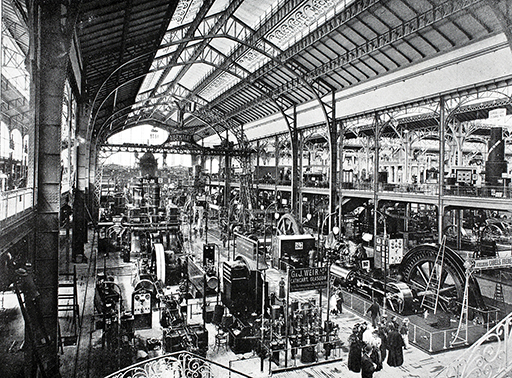3 Magnetic recording

Sounds, pictures, measurement data, financial statistics, personal details, etc. can all be recorded and stored on magnetic media, i.e. materials that are able to be magnetised to store information for future retrieval. During the twentieth century magnetic media increasingly came to the fore in the recording industry, culminating in the tape recording technology with which some people today are still familiar.
A paper published by Oberlin Smith (1840–1926) in an 1888 issue of Electrical World discussed the possibilities for recording sound using the property of magnetism. He envisaged a cotton thread impregnated with steel dust passing through a coil carrying a current controlled by a microphone. The variations with the sound in the strength of the current would cause corresponding magnetic fluctuations in the magnetic medium. Unfortunately he dismissed his own idea, which remained theoretical as he never performed any experiments. However, by the end of the nineteenth century Valdemar Poulsen (1869–1942), a Danish electrical engineer, had demonstrated Smith’s hypothesis. Poulsen’s ‘telegraphone’ was patented in 1898. It used steel wire wrapped around a brass cylinder as the magnetic medium. At the Paris Exposition of 1900, Poulsen made a recording of Emperor Franz Josef of Austria that is the oldest magnetic recording now in existence.
At this stage the telegraphone could not compete with the gramophone, but the development of an electronic amplifier using the thermionic valve (vacuum tube) enabled the tiny magnetic fluctuations in the steel wire to be magnified to a usable level and by 1924 a German engineer, Dr Curt Stille, had developed a machine that could record sounds on a steel tape.
